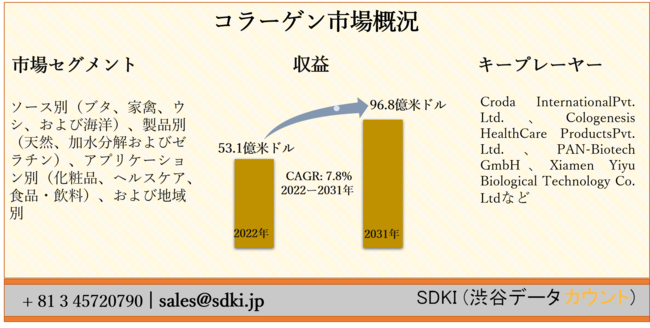Transparency Market Research delivers key insights for the labels market in its published report, which include global industry analysis, size, share, growth, trends, and forecast for 2019–2027. In terms of revenue, the global market is projected to expand at a CAGR of 5% during the forecast period, owing to technological advancement in retail industries and e-Commerce industries, about which TMR offers detailed insights and forecasts in the labels market report.
The labels market analysis is based on numerous parameters such as product, printing technology, ink type, material, and the consumption in end-use industries in different regions. TMR analyzed that labels are primarily essential for minimizing human errors. Furthermore, it helps to obtain product information within milliseconds. Labels on the product increases the speed of supply chain management. Furthermore, it enhances the manufacturing and packaging process through easy tracking of work-in-progress.
As per TMR analysis, Pressure Sensitive Labels (PSL) is expected to hold 75% of the market share by the end of 2027, owing to high printing quality, good moisture resistance, and less maintenance requirement.
Request a sample to get extensive insights into the Labels Market
High Consumption Accompanied with Exceptional Growth Opportunities in APAC
Attributing to the rapid expansion of food & beverage industry in Asia Pacific, the labels market is expected to increase with the exponential growth rate during the forecast period. Furthermore, countries such as China, India, and Japan are leading in terms of supermarkets, hypermarkets, and retail sector development, which will propel huge demand for labels in these regions. Following to this, Europe is expected to hold nearly one-fourth market share of the global labels market.
Innovation and Acquisition - Key Trends in Labels Market
Labelling results in numerous benefits to end users. With increasing demand for design level innovations and data security, manufacturers are more inclined toward product development, such as the inclusion of RFID, QR Code, BARCODE, and several other technologies. For instance:
- Coveris Holdings S.A. recently launched its new COMPAC multi-layer format of labels, which enhances the capacity of labels to provide further information across twin layers. The new labels also feature three printable surfaces, enabling a plethora of additional information related to promotions, cooking instructions, and recipes, among others, to be printed on the surface of the label.
Furthermore, key players are also focusing on increasing global footprints through mergers, acquisitions, and partnerships. For instance:
- In 2020, Avery Dennison Corporation acquired Smartac (RFID Inlay) Division for Euro 225 Mn. This acquisition reflects a continuation of the company strategy to invest, both organically and through M&A.
- In 2020, the CCL Industries Inc. acquired Reinfelden Americas LLC., Ibertex Etiquetaje Industrial S.L.U. and Eti-Textil Maroc S.a.r.l. AU (“Eti-Textil”), Avery, and Flexpol Sp. Z.o.o.
Read More Press Release@ https://www.prnewswire.com/news-releases/rise-in-death-toll-due-to-covid-19-pandemic-to-boost-sales-in-global-disposable-face-mask-market-from-2020-to-2030-tmr-301056580.html
Labels Market: Competition Landscape
The global market for labels is highly competitive, with presence of well-established market participants. Key players operating in the global labels market include CCL Industries Inc, Fuji Seal International, Inc, 3M Company, Multi-Color Corporation, Avery Dennison Corporation, Fort Dearborn Company, Klöckner Pentaplast Europe GmbH & Co KG, Coveries Houldings, Huhtamäki Oyj, Lintec, WS Packaging Group, Inc, Walle Corporation, Resource Label Group, LLC, Hub Labels, Inc., Axiom Label Group, Anchor Printing, Traco Manufacturing, Inc, H. Derksen & Sons Company, and Reflex Labels Ltd, among others. As per Tier Structure, CCL Industries Inc., Fuji Seal International, Inc., 3M Company, Avery Dennison Corporation, and Coveris Holdings are Tier 1 players in the labels market. These companies have been investing million dollars for implementation of advanced technology and geographical expansion in the untapped markets. Furthermore, Tier 2 players are Huhtamäki Oyj, Lintec Corporation, Fort Dearborn Company, and Multi-Color Corporation hold 1/5 of the global labels market share.






